The world of video games is vast and ever-evolving, but not all games stand the test of time. As technology advances, many older titles risk fading into obscurity, their code decaying like ancient manuscripts in a forgotten archive. This is where the concept of "digital prosthetics" comes into play—a movement led by passionate archivists, hackers, and gamers who refuse to let these cultural artifacts disappear. Their work is akin to archaeological excavation, but instead of unearthing pottery shards or stone tools, they salvage lines of code and breathe new life into abandoned software.
The term "digital prosthetics" might sound clinical, but it perfectly captures the essence of this endeavor. Just as a prosthetic limb restores function to a body, these digital interventions restore playability to games that would otherwise be lost. Emulators, fan patches, and reverse-engineered source code act as crutches for aging software, allowing it to run on modern hardware. Some projects go even further, reconstructing entire games from the ground up when original source code is lost or corrupted. The result is a strange hybrid of preservation and innovation—part museum piece, part living document.
Consider the case of No One Lives Forever, a cult-classic first-person shooter from 2000. Caught in licensing limbo between defunct developers and indifferent publishers, the game became commercially unavailable for over a decade. Fans didn't just create workarounds to play the existing game—they rebuilt it. Through painstaking reverse engineering and asset extraction, the community produced a version that runs flawlessly on contemporary systems, complete with widescreen support and higher framerates. This wasn't mere piracy; it was digital resurrection.
The legal gray areas surrounding such projects are as complex as the technical challenges. Copyright law was never designed with software preservation in mind, leaving many of these efforts in precarious positions. While museums can freely restore and display physical artifacts, digital archivists must navigate a minefield of intellectual property concerns. Some rights holders turn a blind eye to preservation efforts, recognizing their cultural value. Others issue cease-and-desist letters, forcing projects underground or into abandonment. This tension between corporate ownership and cultural heritage shows no signs of resolution.
What drives people to spend countless hours resurrecting these digital ghosts? For some, it's nostalgia—the desire to revisit childhood favorites or share them with new generations. For others, it's academic interest in gaming history or the technical challenge itself. But beneath these motivations lies a deeper understanding: video games are more than entertainment products. They represent artistic visions, technological milestones, and cultural touchstones worth preserving. When a game disappears, we lose not just a diversion, but a piece of our collective digital heritage.
The tools of this unconventional archaeology continue to evolve. Machine learning aids in upscaling low-resolution textures. Cloud gaming services provide new distribution methods for preserved titles. Blockchain technology offers potential solutions for verifying authenticity in digital preservation. Yet the human element remains irreplaceable—the obsessive dedication of individuals who treat decaying floppy disks like fragile papyrus scrolls, carefully extracting their contents before time renders them unreadable.
As we move further into the digital age, the question becomes increasingly urgent: How do we ensure future generations can experience the medium's foundational works? Traditional museums struggle with software's ephemeral nature. Commercial re-releases depend on market forces rather than historical significance. The answer may lie in this grassroots movement of coders and collectors—the digital equivalent of monks painstakingly copying manuscripts during the Dark Ages. Their work, often done in legal shadows and without compensation, represents our best hope for saving gaming's past from digital oblivion.
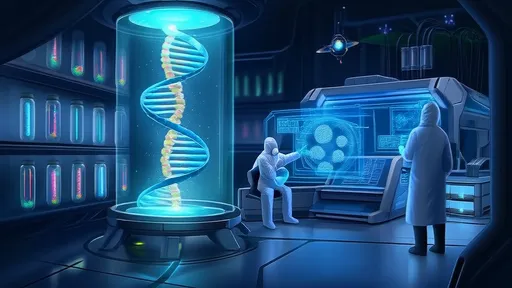
By /Jul 3, 2025
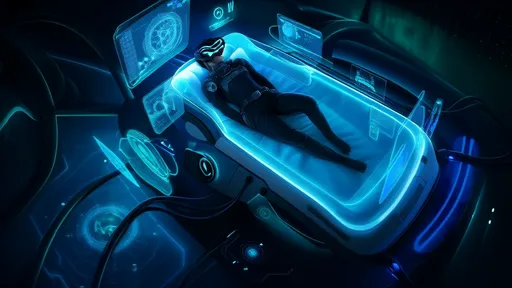
By /Jul 3, 2025
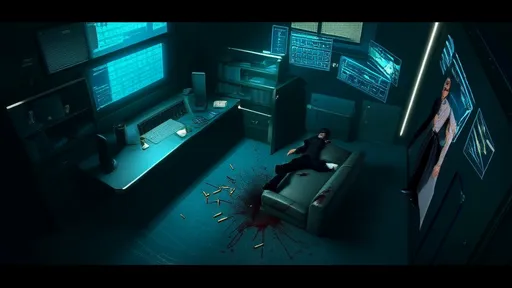
By /Jul 3, 2025
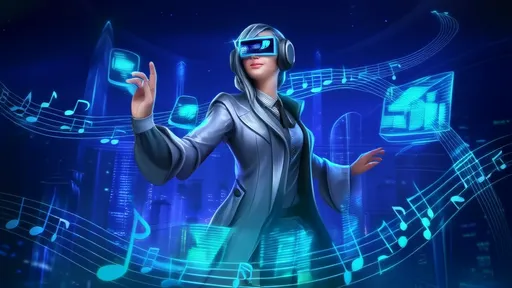
By /Jul 3, 2025

By /Jul 3, 2025
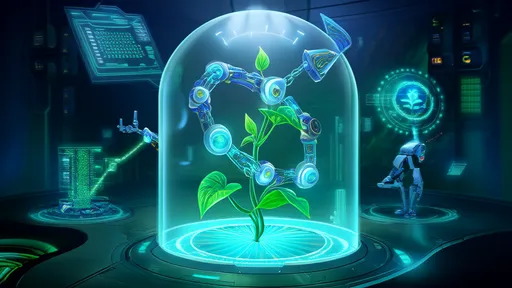
By /Jul 3, 2025
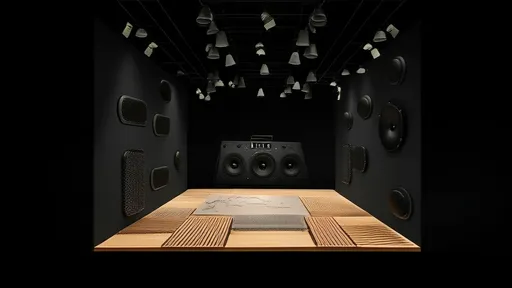
By /Jul 3, 2025

By /Jul 3, 2025
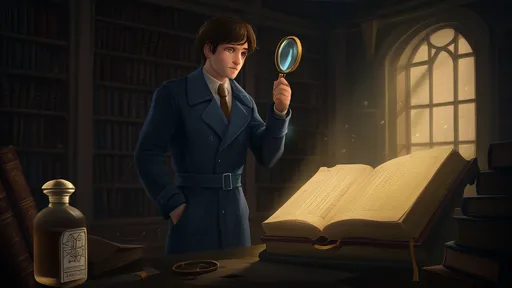
By /Jul 3, 2025
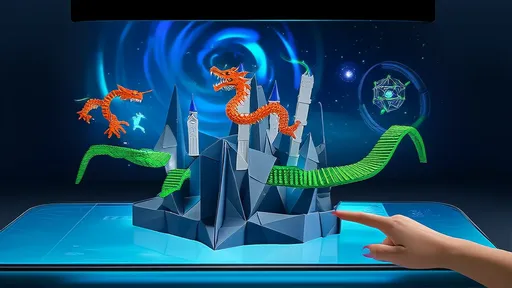
By /Jul 3, 2025
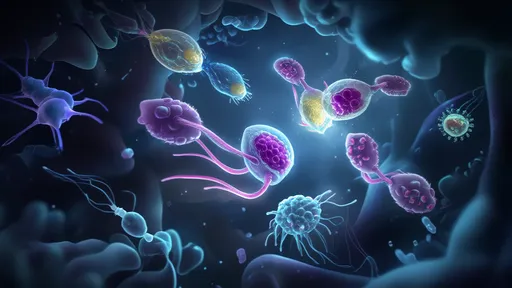
By /Jul 3, 2025
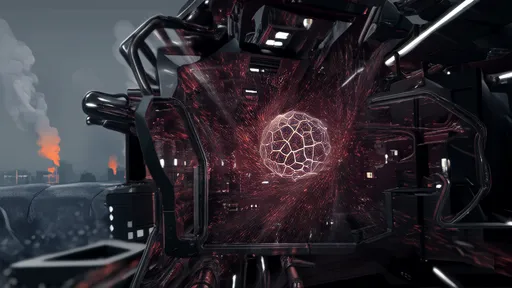
By /Jul 3, 2025
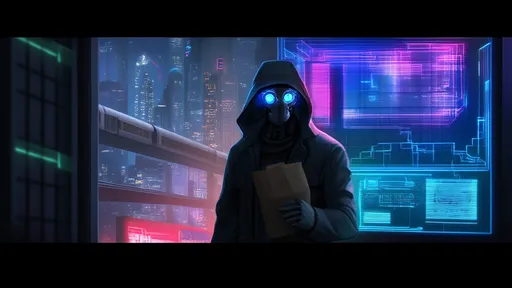
By /Jul 3, 2025
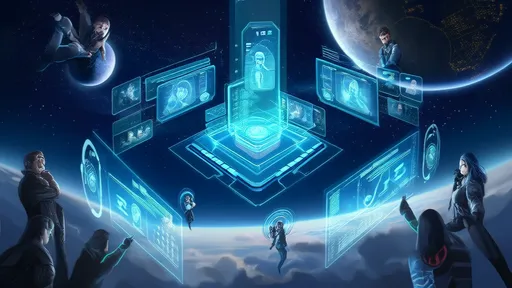
By /Jul 3, 2025

By /Jul 3, 2025
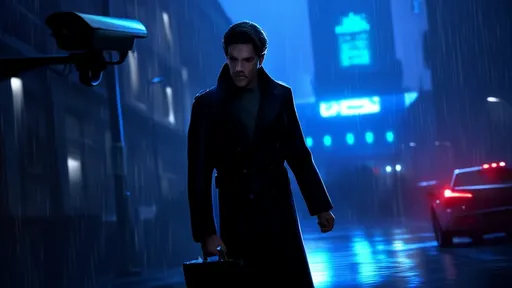
By /Jul 3, 2025
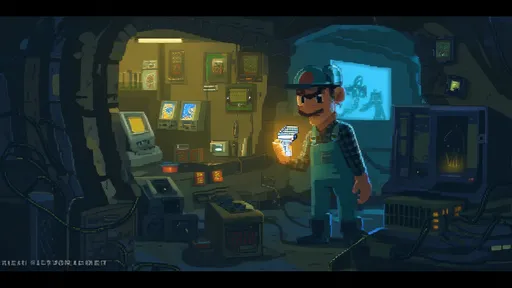
By /Jul 3, 2025
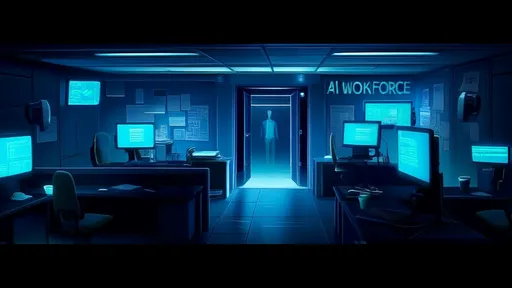
By /Jul 3, 2025